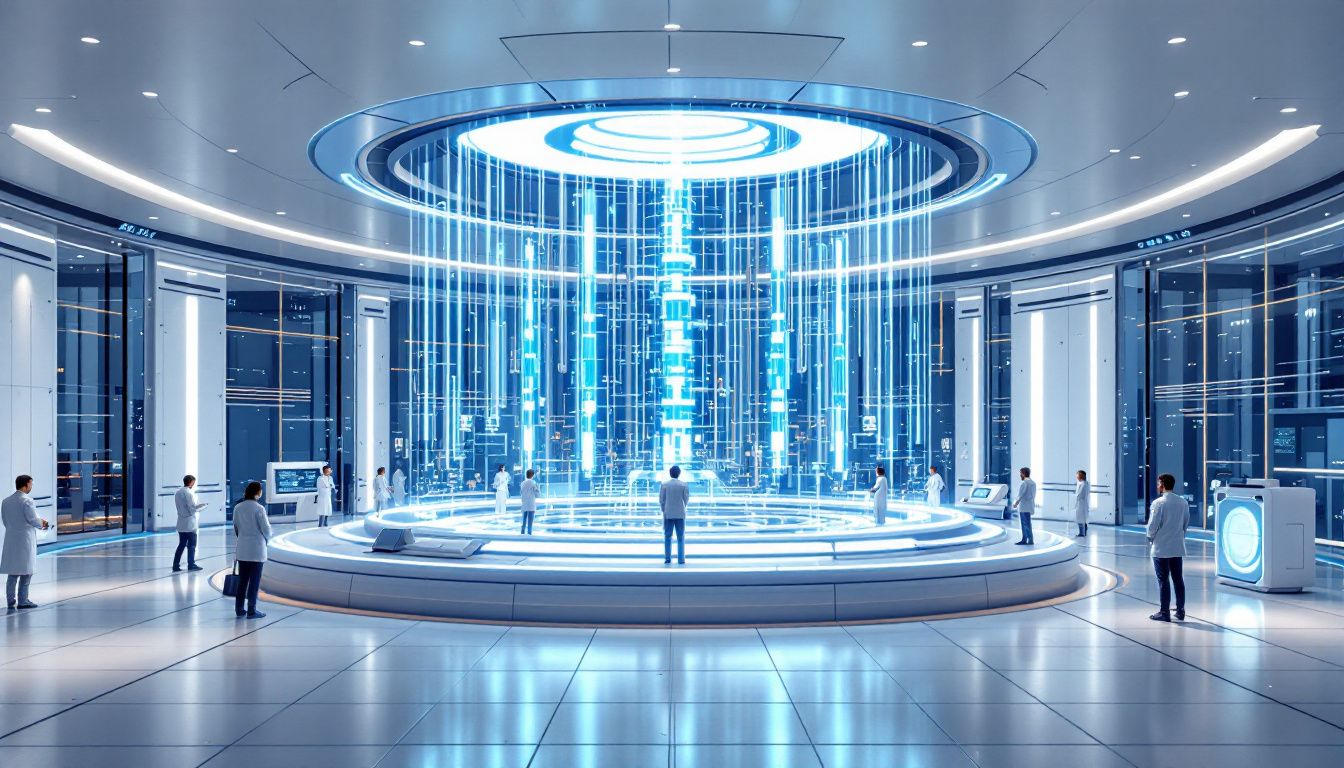The Gartner Magic Quadrant for Manufacturing Execution Systems
In the world of manufacturing, efficiency, productivity, and operational excellence are crucial for success.
Manufacturing Execution Systems (MES) play a vital role in optimizing production processes, managing shop floor operations, and ensuring seamless coordination between different stages of manufacturing. Gartner, a leading research and advisory firm, publishes the Magic Quadrant annually to provide valuable insights and analysis on various technology sectors, including MES.
What is the Gartner Magic Quadrant?
The Gartner Magic Quadrant for Manufacturing Execution Systems (MES) is a widely recognized industry report that assesses software vendors in the MES market. It's a visual representation of the market, categorizing vendors into four quadrants based on their ability to execute and their completeness of vision. These quadrants are Leaders, Challengers, Visionaries, and Niche Players.

It assesses vendors based on their ability to support Industry 4.0 initiatives, such as the Industrial Internet of Things (IIoT), advanced analytics, and artificial intelligence. Additionally, the vendors are evaluated on their ability to provide seamless integration with other enterprise systems, such as Enterprise Resource Planning (ERP) and Supply Chain Management (SCM).
Leaders
Vendors positioned in the Leaders quadrant have a strong track record of successful implementations, a comprehensive product portfolio, and a clear understanding of market dynamics. They demonstrate the ability to deliver reliable MES solutions with robust functionality and scalability. These vendors often possess a global presence, strong customer support, and continuous innovation, making them ideal for large enterprises seeking stability and advanced capabilities for digital transformation.
Challengers
Positioned in the Challengers quadrant are vendors who may have a significant market presence and a solid vendor product or service offering but lack the same level of vision as Leaders. These vendors often focus on specific industry verticals or regions, providing tailored solutions. While they may lack some advanced features, they can still be a suitable choice for organizations with specific requirements or those looking for a competitive alternative.
Visionaries
Vendors in the Visionaries quadrant demonstrate a forward-thinking approach and a strong vision for the future. They often introduce innovative features, embrace emerging technologies, or disrupt the market with new concepts. Although they may have a smaller market share compared to Leaders, Visionaries can bring fresh perspectives and creative solutions to the table, making them attractive options for organizations looking to stay ahead of the curve.
Niche Players
Positioned in the Niche Players quadrant are vendors that focus on niche markets, specific industries, or have limited geographic reach. These vendors may have specialized expertise or niche functionality that caters to a particular set of requirements. While they may not offer a comprehensive solution for all manufacturing needs only those vendors, they can be highly effective for organizations with specific niche requirements.
Why is the Gartner Magic Quadrant important?
The significance of this report for manufacturers comes down to understanding vendors in the market. The MES market is fragmented by technology, manufacturing processes, vertical industries, and application functionalities, which makes it difficult to choose a vendor. Gartner gives 10 recommendations to consider when selecting an MES vendor:
-
Scope
-
Industry
-
Architecture
-
Integration
-
Security
-
Geography
-
Cost
-
TCO
-
SLA
-
Outlook
What is an MES?
MES, or Manufacturing Execution System, is a software solution that monitors, tracks, and controls manufacturing processes on the factory floor. It provides real-time data and visibility into production activities, helping to optimize operations, improve productivity, and ensure product quality by coordinating all aspects of the manufacturing process from order release to finished goods.
The Future of Manufacturing Execution Systems
As the manufacturing industry evolves, so do the trends for manufacturing execution systems (MES) and its market. There is a technological shift in which vendors are increasing their adoption of low-code/no-code app developments, manufacturers are embracing cloud-native systems, and the IIoT continues to be ever-evolving. Also, there is an acceleration in composable applications instead of traditional application architectures. Consequently, manufacturers and vendors alike are changing how MES is created and used.
Emerging trends in MES
One trend that we can expect in MES is a focus on sustainability and circularity, as manufacturers become more conscious of their environmental impact. Manufacturers can expect to see MES solutions that prioritize resource efficiency and waste reduction.
Additionally, there will be an increase in the adoption of MES solutions in small and medium-sized enterprises (SMEs), as cloud-based offerings become more prevalent and affordable. Overall, manufacturers can make informed decisions about optimizing their production processes and ensure operational excellence by using digital solutions and staying on top of emerging trends.
Key takeaways
In conclusion, the Gartner Magic Quadrant for MES has highlighted the importance of embracing new trends in MES for manufacturers to stay competitive and relevant in the rapidly changing industry landscape. The key takeaways include the need for increased agility, scalability, and flexibility in manufacturing processes, as well as the adoption of emerging technologies. By keeping pace with these developments, manufacturers can optimize operations, drive innovation, make more informed decisions, and ultimately achieve greater success in the future.
Read the full Gartner Magic Quadrant report here.
Share this
You May Also Like
These Related Stories

The Future of Sustainable Manufacturing: Best Practices and Strategies

MES Software for Pharmaceutical Manufacturers


No Comments Yet
Let us know what you think